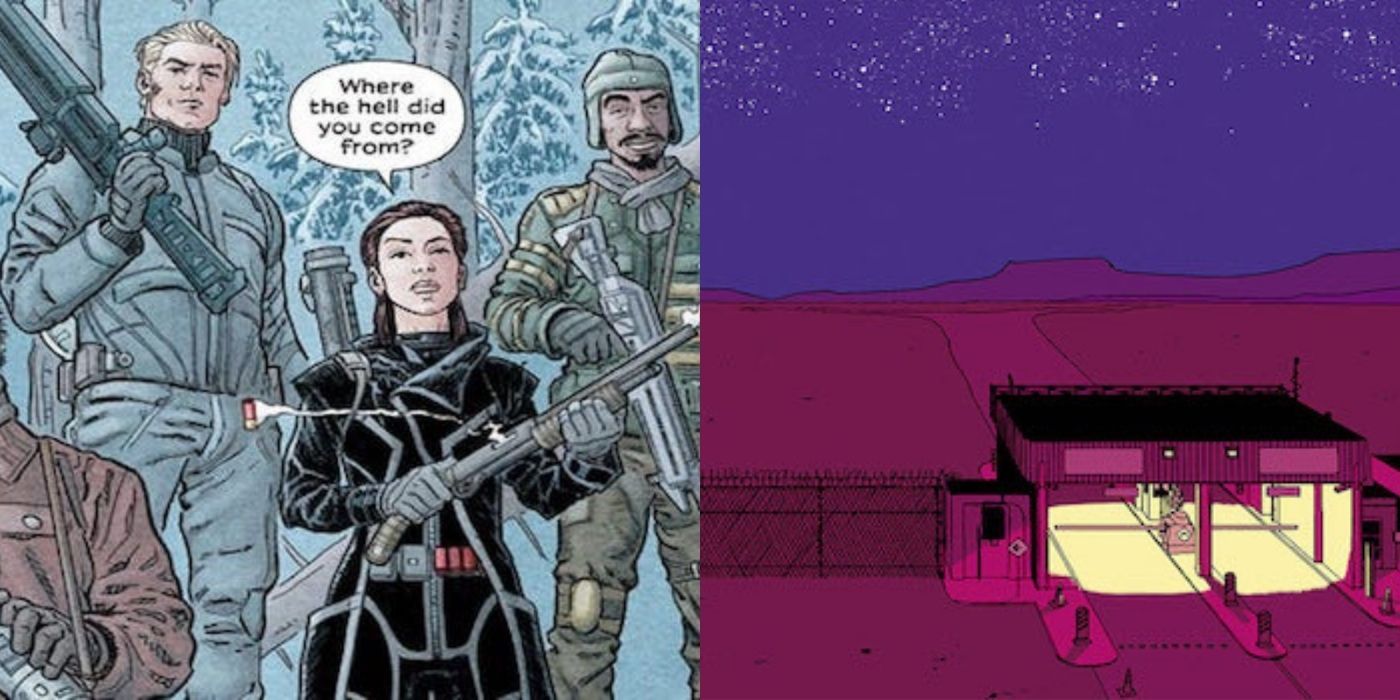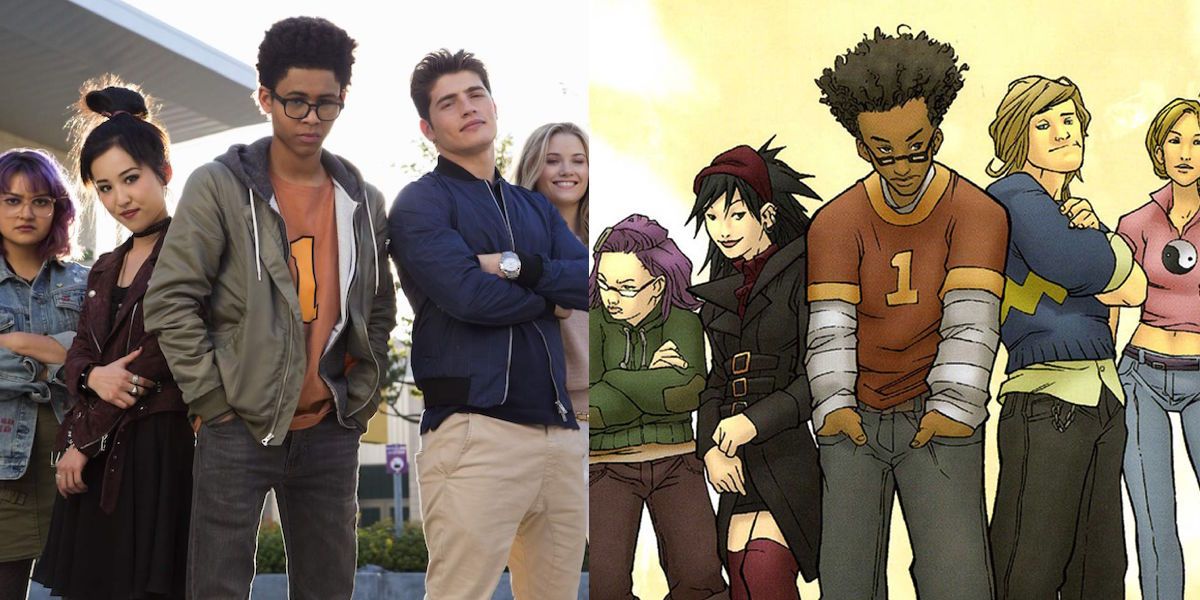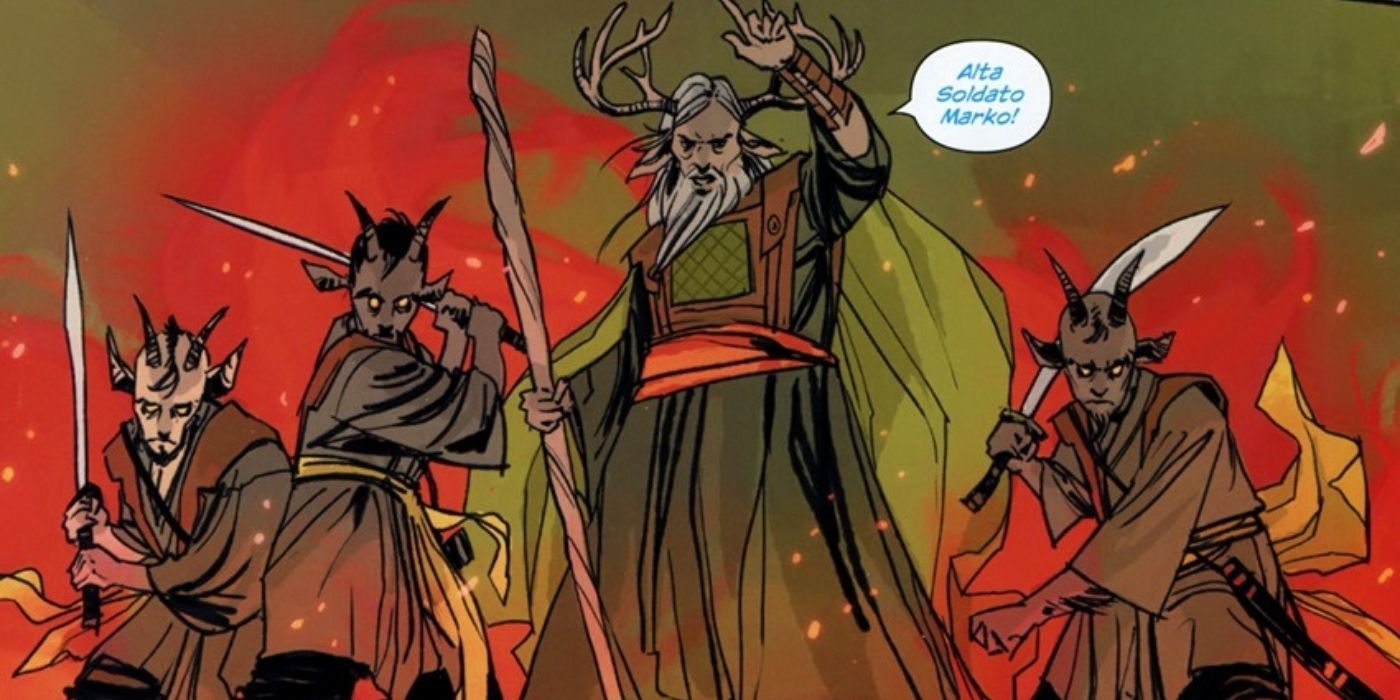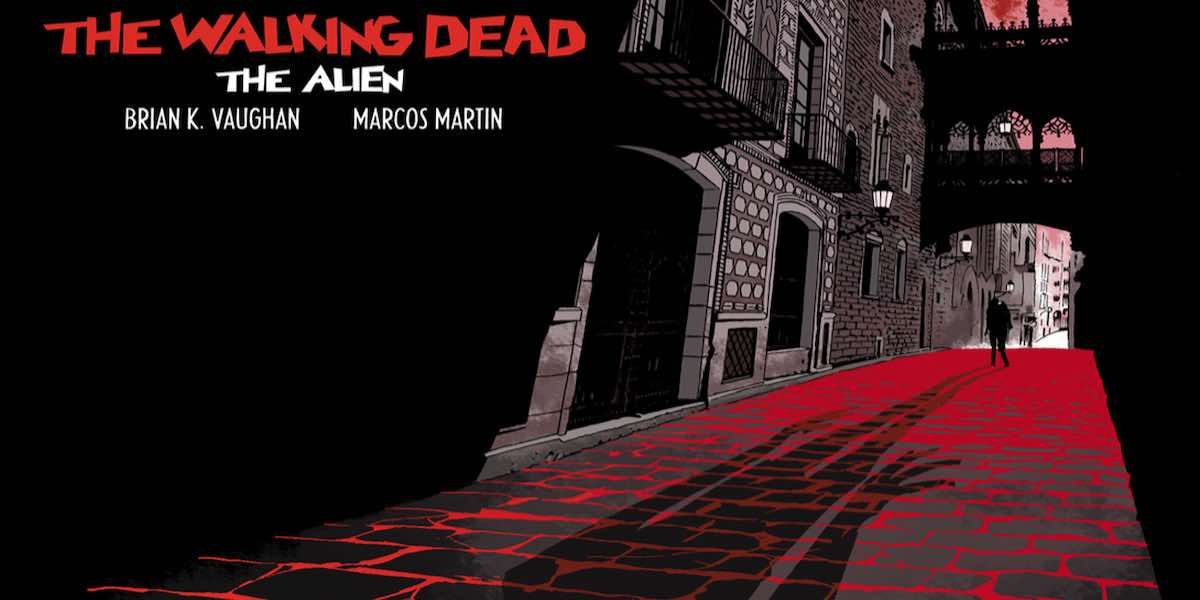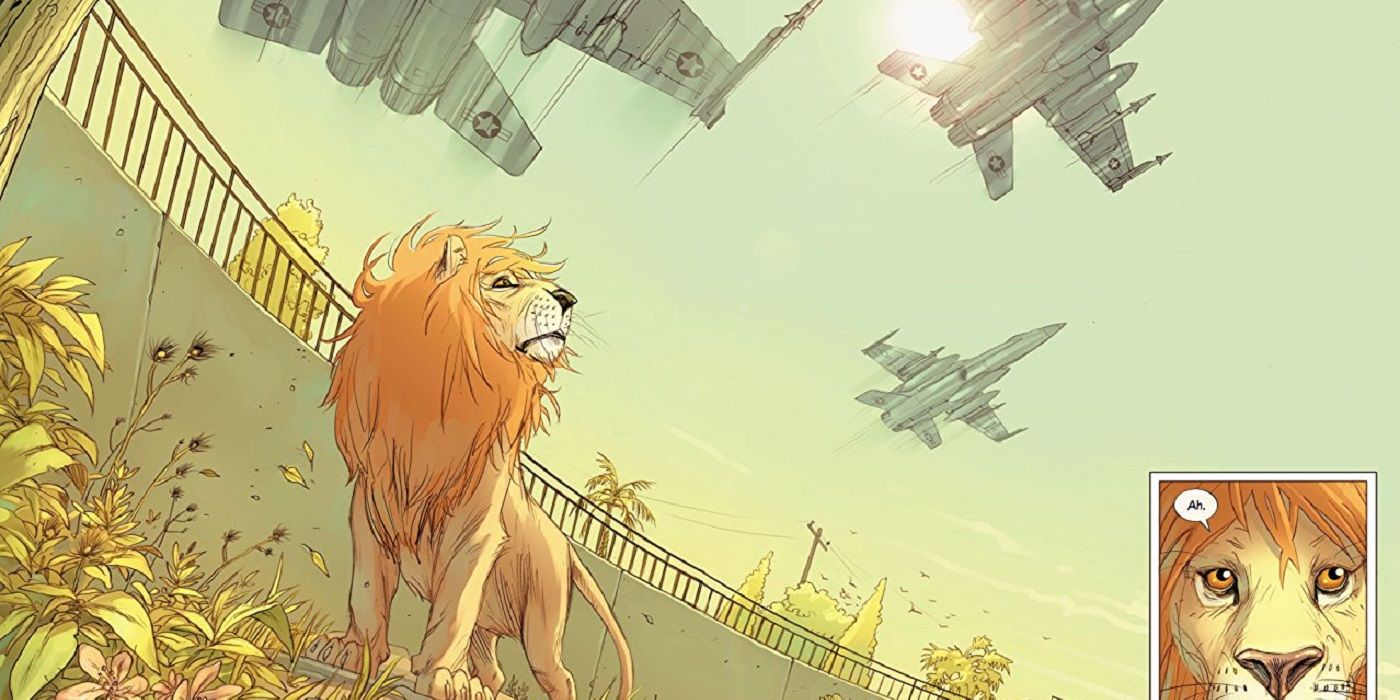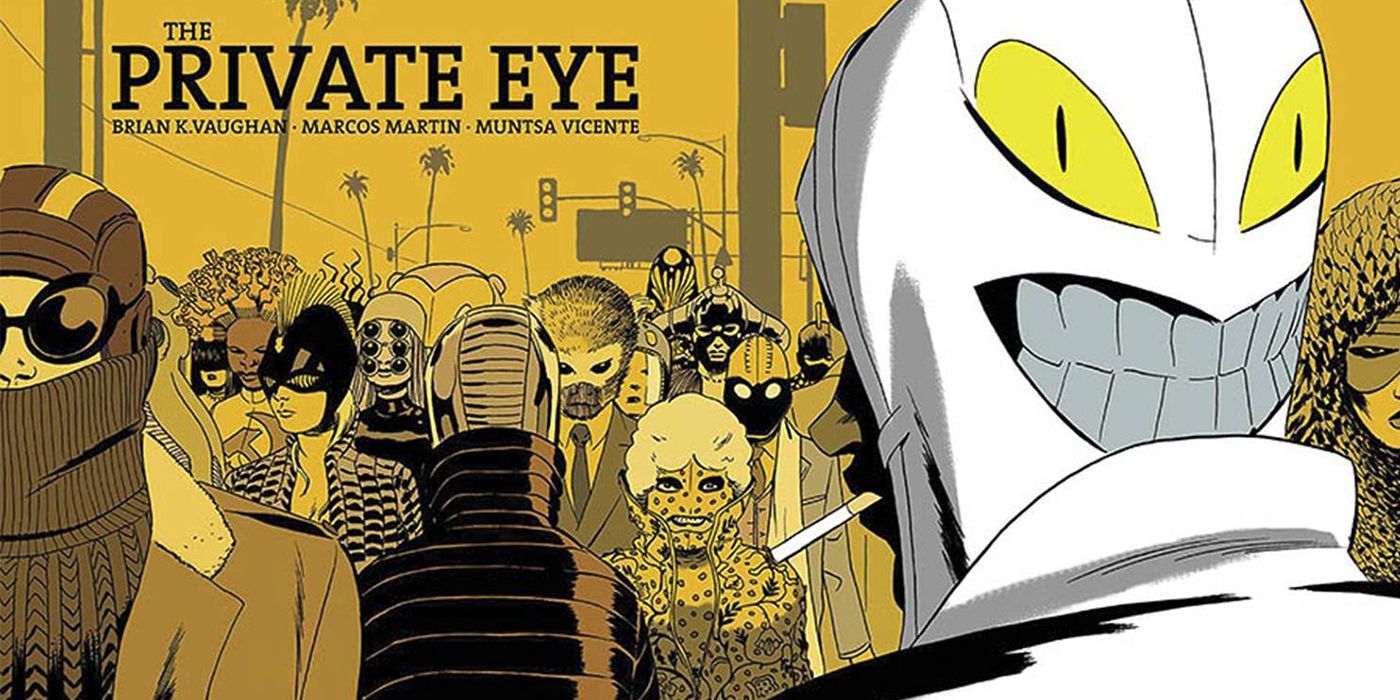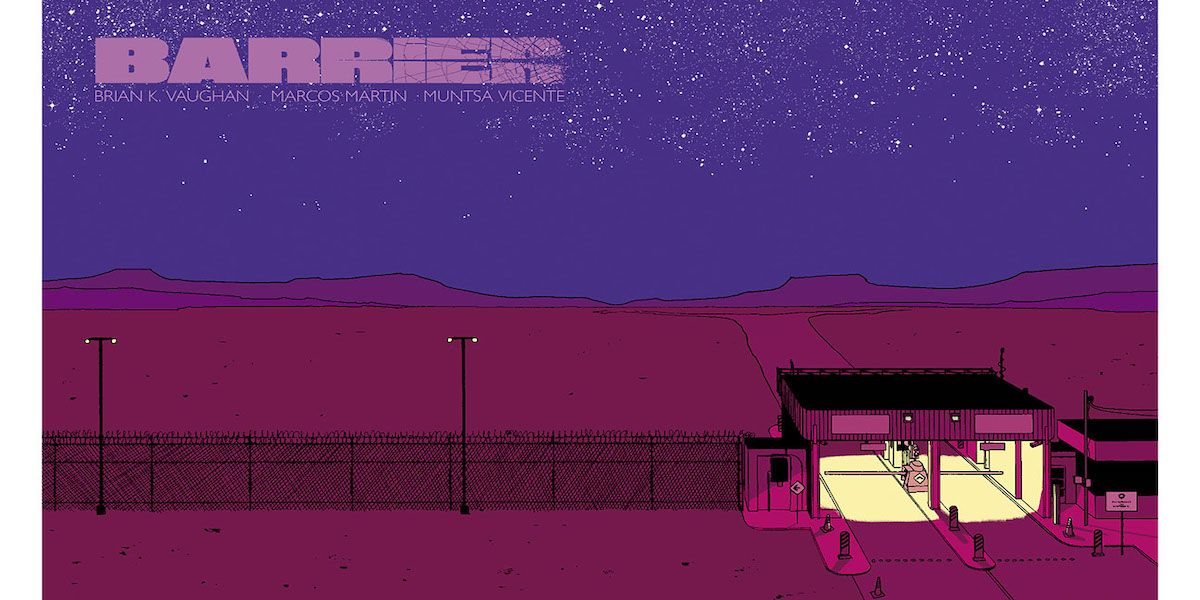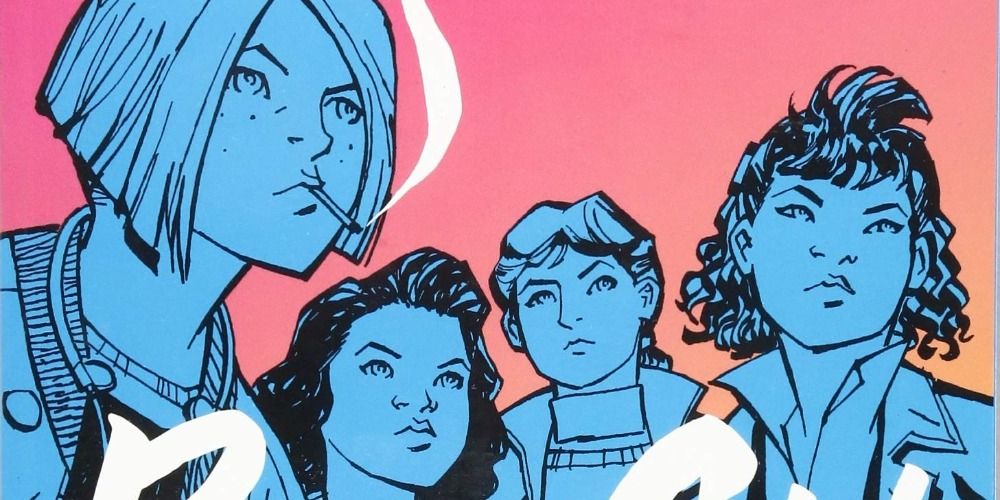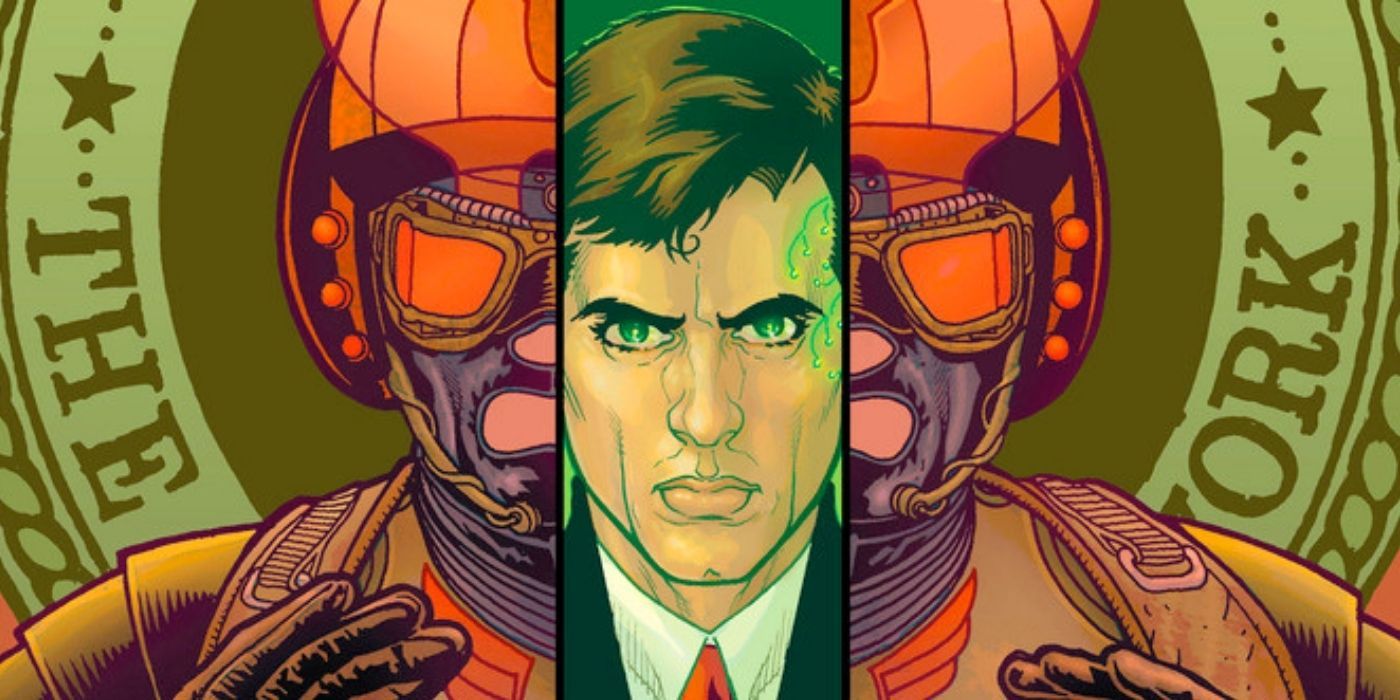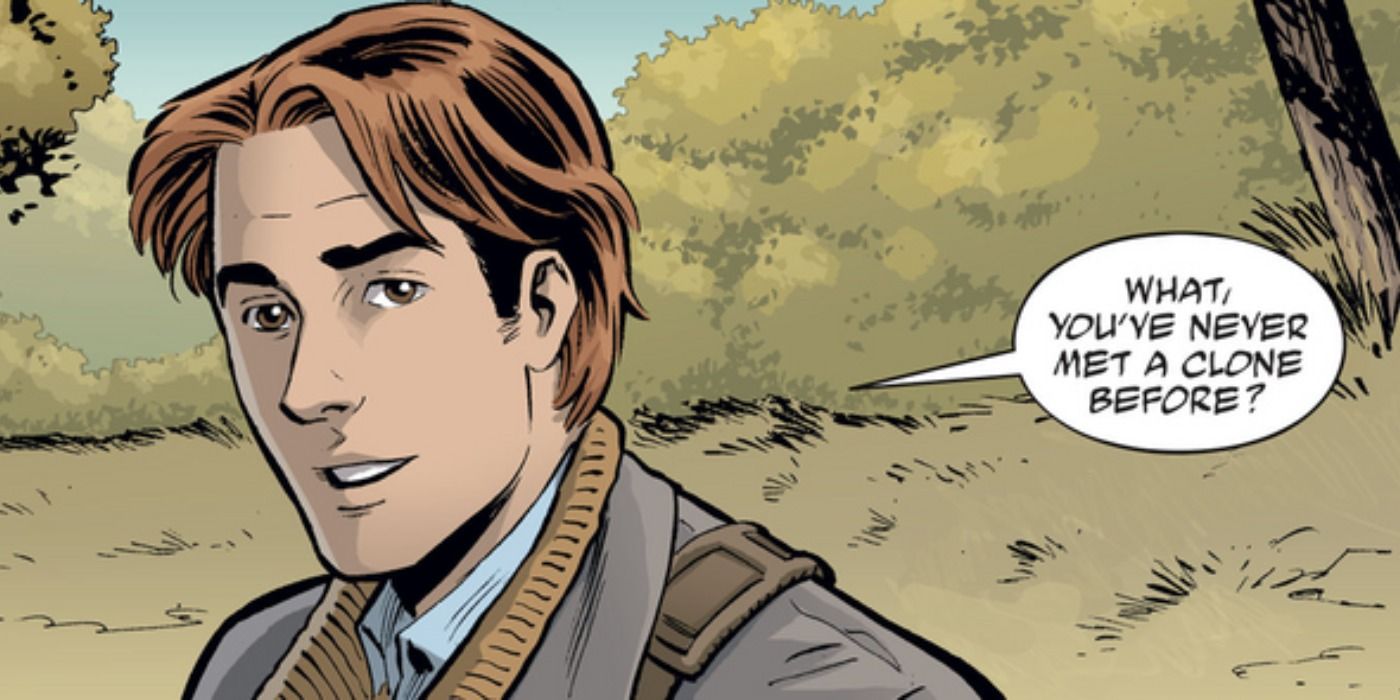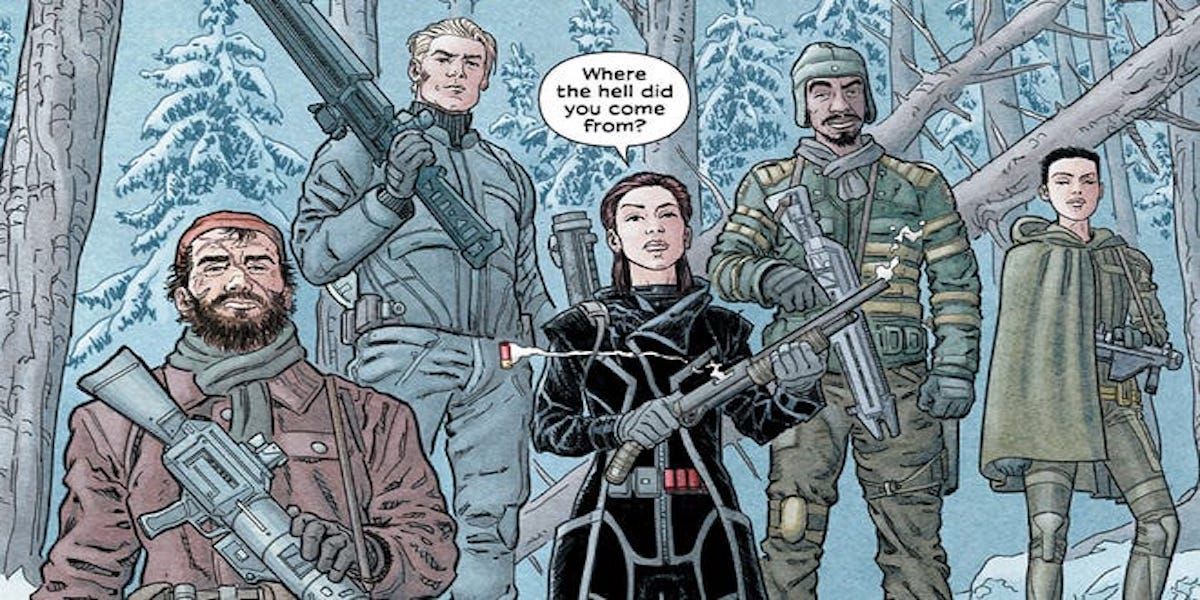It’s never easy making a name for yourself in the world of comics, but every so often, a writer so bold, unique, and endlessly creative enough will breakthrough, becoming a household name in the process. Such is the case with the renowned comic writer, Brian K. Vaughan, whose critically acclaimed work on titles like Y: The Last Man, Runaways, and Saga have earned him numerous awards, a loyal fanbase of readers, and favorable comparisons to comic legends like Frank Miller and Alan Moore.
Since his early days within the superhero genre, writing for such comics as Batman, Swamp Thing, and Spider-Man, Vaughan has established himself as a writer of immense talent and creativity. With the release of Y: The Last Man, he began more fully focusing on creator-owned titles with original storylines and characters. These stories have all illustrated Vaughan's gifts as a writer, namely through his ability to create incredibly complex characters, engaging storylines, and fully fleshed-out fictional settings.
Runaways
In Runaways, Vaughan takes into consideration an interesting hypothetical of a child discovering that their parents are supervillains Runaways answers that question and then some, following a group of teenagers, pre-teens, and younger adolescents who discover their parents lead double lives as villains.
Similar to Paper Girls, Runaways shows Vaughan's talents for handling younger protagonists, portraying them not in some childish manner, but showing them to be just as mature and complex as his other adult characters. While Runaways feels like his most concept work--full of gangsters, time travelers, vampires, wizards, mad scientists, aliens, and mutants--it never feels bogged down, relying on its likable, relatable characters instead. The series served as the basis for Marvel's Runaways but was canceled after three seasons.
Saga
The winner of 12 Eisner and 17 Harvey Awards, Saga remains Vaughan’s best and most popular series to date. In it, two soldiers from warring alien races fall in love, leading them to try and escape the destructive galactic-wide conflict with their baby.
A space opera in the same vein as Star Wars with elements of fantasy, Saga quickly became one of the most widely read ongoing North American comics still being published to this day. Drawn by Fiona Staples, the series won universal acclaim, thanks largely to its complex narrative, the remarkably detailed universe, relatable characters, and nuanced exploration of everything from feminism and race to war and PTSD.
The Walking Dead: The Alien
In 2016, Vaughan was granted creative license to develop a story that took place within Robert Kirkman's post-apocalyptic world of The Walking Dead. In this brief, 32-page story, Vaughan focuses on Rick Grimes' younger brother, Jeffrey, trying to survive the "walker" outbreak in Barcelona, Spain.
The story may be short, but Vaughan has always been capable of doing so much with so little, telling Jeffrey's story in an engaging, fun way that ties into the overall continuity of Kirkman's black and white Walking Dead series. By having the story set in Barcelona, Vaughan can push the boundaries of Kirkman's story to international locales, exploring different settings and how they were affected by the walker uprising.
Pride Of Baghdad
At the height of the American invasion of Iraq, Vaughan wrote the 2006 graphic novel, Pride of Baghdad. In it, four lions in Baghdad break free from their zoo enclosures after being bombed by American fighter planes.
Easily Vaughan's most political project to date, Pride of Baghdad features each of the four main lions' changing attitudes as reflections of the Iraq War. However, it never feels overly political, with Vaughan instead relying on an easy-to-follow story and complex characters that remain entertaining in their own right.
The Private Eye
In 2013, Vaughan wrote The Private Eye, a sci-fi neo-noir story that was published on artist Marcos Martín's digital online publishing site, Panel Syndicate. Set in 2076 Los Angeles, The Private Eye imagines a world where everyone uses elaborate disguises to mask themselves, after the Internet's cloud has burst, leaking everyone's secrets and private information online.
The Private Eye is likely the closest Vaughan has ever gotten to exploring a dystopian setting in his bizarro version of Los Angeles that feels part anime, part Blade Runner, but also entirely written by Vaughan. His penchant for elaborate, detailed settings and ear for enjoyable dialogue is all on display here, showing his talents for a tried and true genre like the detective story and pushing it in new, exciting directions.
Barrier
Like The Private Eye, Barrier was another story written by Vaughan, drawn by Marcos Martín, and released on Panel Syndicate. In it, a widowed American rancher and an illegal Mexican immigrant are abducted by aliens and must learn to work together to escape.
Language has been a common thread in many of Vaughan's stories--from his futuristic slang terms in Paper Girls to the multiple languages spoken in Saga. In Barrier, Vaughan relies on English and Spanish exclusively, having the American rancher speak entirely English and the immigrant entirely Spanish, having to learn to understand each other to assure their mutual survival. By using this technique, Vaughan explores complex issues like immigration, allowing readers to see and empathize with both sides of the argument.
Paper Girls
Beginning in 2015, Vaughan wrote this 30-issue-long comic that was drawn by Cliff Chiang, featuring a prepubescent group of newspaper delivery girls who are drawn into a conflict between two warring groups of time travelers.
In a story that feels like a cross between Stand By Me and Stranger Things, Vaughan depicts the childhood memories of the 1980s' in a story that spans centuries. Though not as long as some of his other long-running series, Paper Girls is still an incredibly entertaining story that shows the complex, often confusing nature of time travel narratives through the eyes of four likable preteen girls living in suburban Cleveland. The series is also set to be made into a TV show, Paper Girls, for Amazon.
Ex Machina
An ode to Vaughan's days living in New York City, Ex Machina focuses on Mitchell Hundred, a former superhero with the power to control mechanical and electrical devices, whose career propels him into becoming mayor of New York after he's able to prevent 9/11 from happening.
In this deconstruction of the superhero genre, Vaughan analyzes what exactly being a hero means. Hundred is an individual trying to avoid being defined by his previous successes, still believing he has what it takes to make a difference. It's a brilliant modern superhero story that's equal parts West Wing as it is Watchmen.
Y: The Last Man
Vaughan’s first creator-owned title, Y: The Last Man is set in a post-apocalyptic future where every mammal with a Y chromosome suddenly and inexplicably dies across the world, save for a young New York escape artist named Yorick and his pet Capuchin monkey, Ampersand.
Vaughan’s unique depiction of a world without males earned the series immediate critical attention. Readers praised the story’s highly original premise, characters, and dialogue, all of which helped establish Vaughan as a talented new voice in the comic medium. It's the earliest story Vaughan told that explored his vision of a fully-realized, fictionalized setting, something that would carry over later into Ex Machina before culminating in the universe-spanning epic, Saga. It would also go on to serve as the basis for the TV series, Y: The Last Man, with some changes involved.
We Stand On Guard
Set in the 2110s', We Stand On Guard imagines a future where America has invaded Canada, resulting in a 12-year-long war between the American military and Canadian freedom fighters.
Vaughan has always done well exploring the more negative aspects of war, such as he has done time and time again in Saga. In We Stand On Guard, Vaughan again returns to the subject of war, painting a brutal picture of destructive guerrilla combat, as well as the autocratic nature of government agencies with political agendas. It's a unique story that flips the convention of the war story on its head, casting Americans—the usual protagonists of so many war-related stories—as the villains the heroes must defeat.

